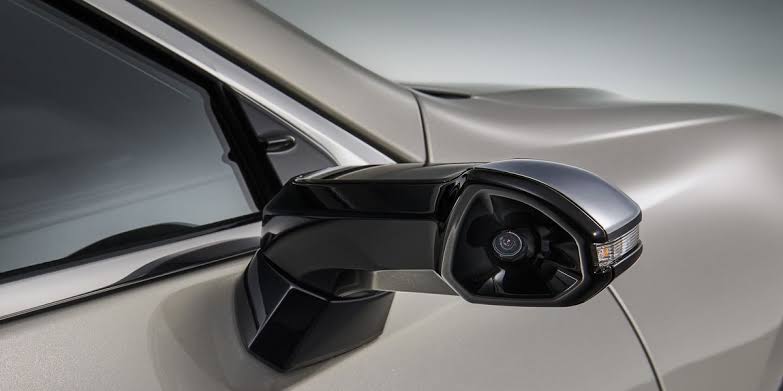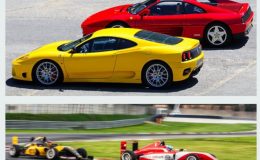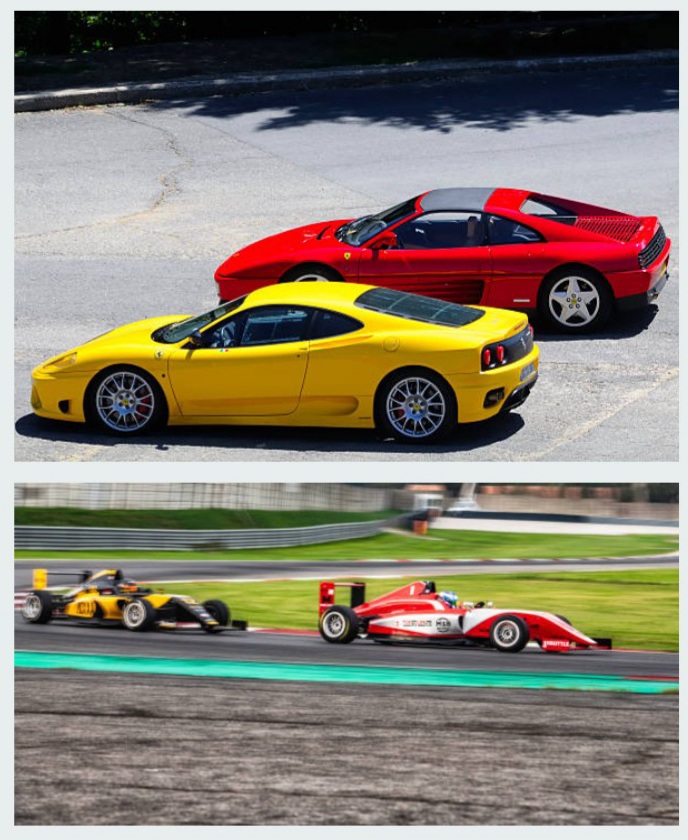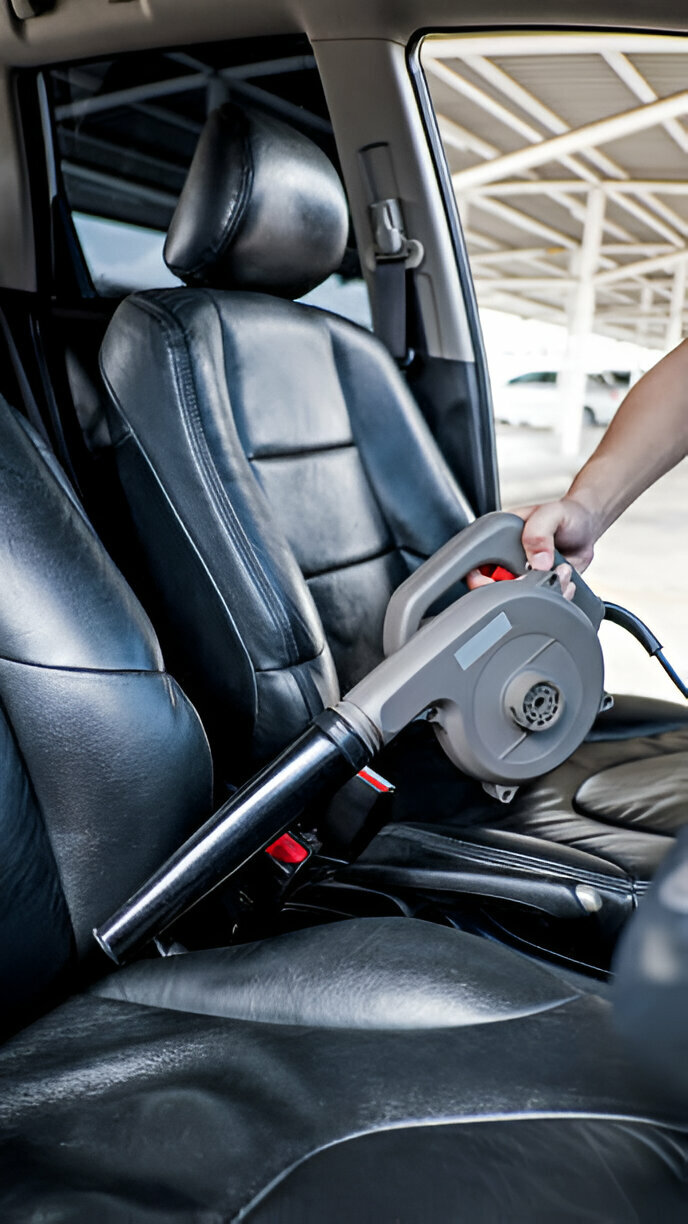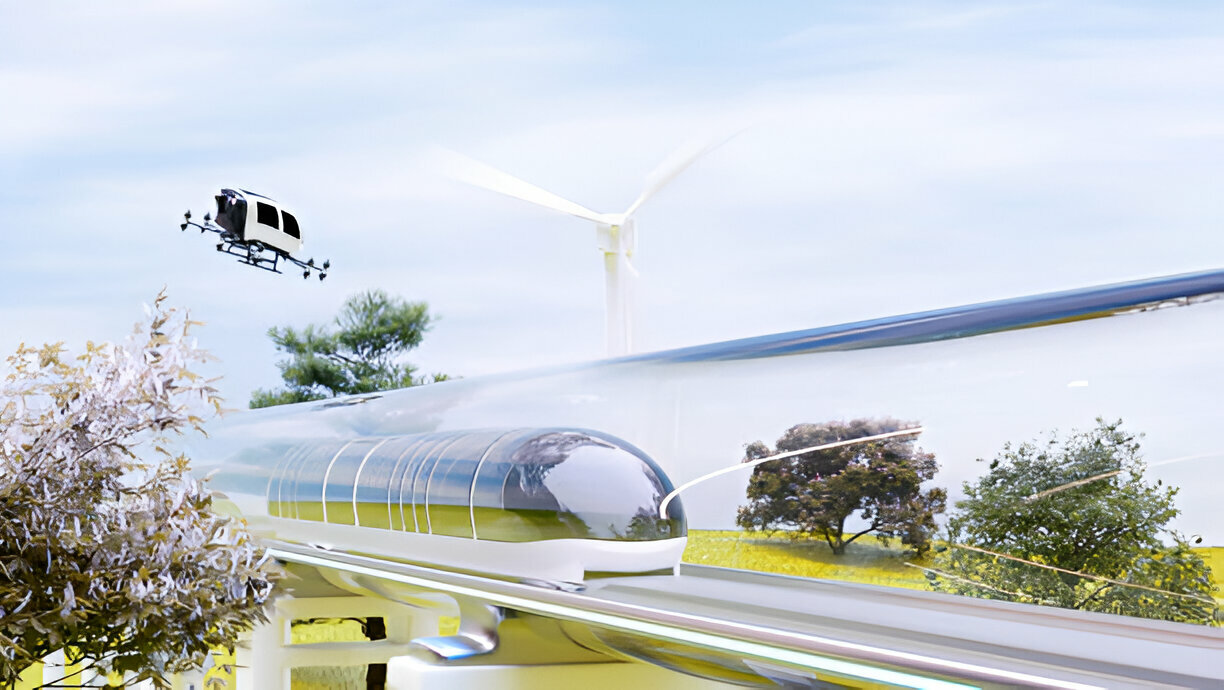Nice article
11 Car Features That Will Become Extinct in The Future
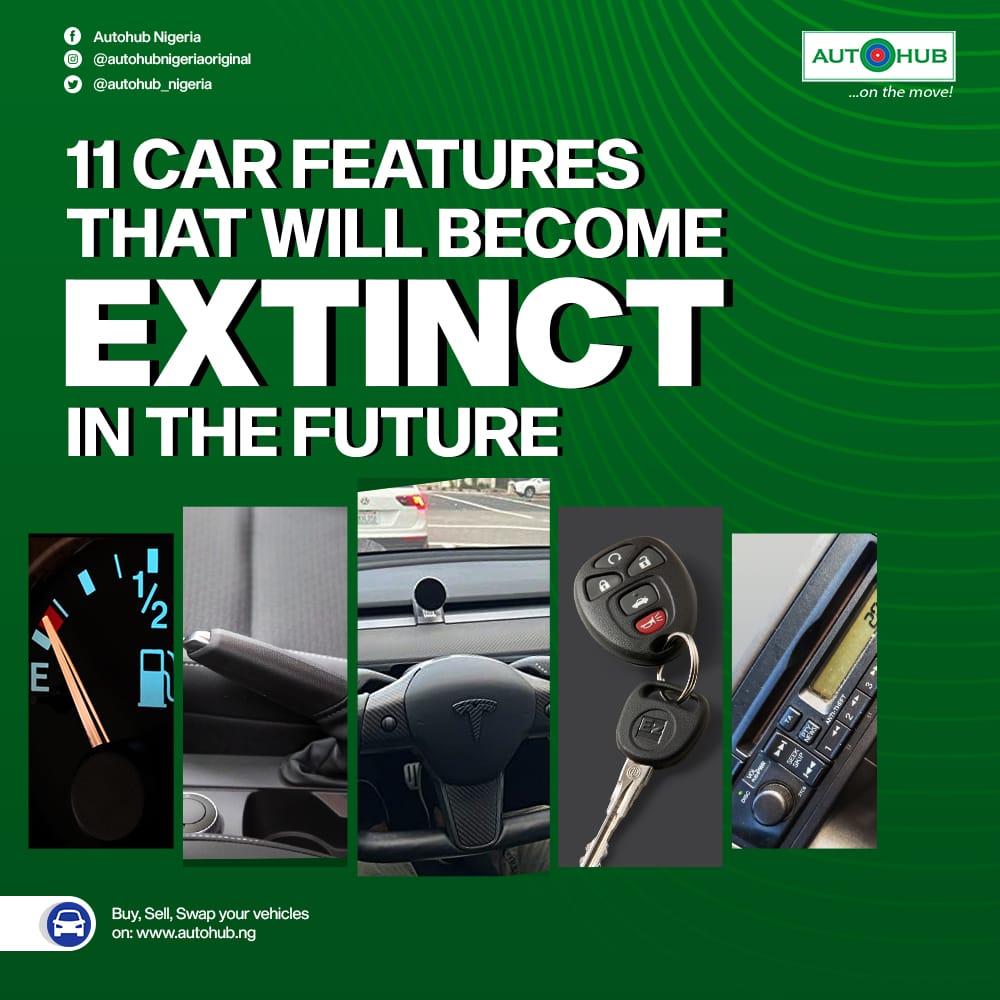
Cars have lots of features that could be totally replaced by something entirely different in both the near and distant future. Some of these features are still lurking around in some vintage cars or in some brand’s cheapest variants. However, some of them are already becoming alien to those who have driven only recent and premium editions of vehicles.
Now, let’s jump right in and take a look at these 11 car features that will become extinct in the near future.
1. Manual window winders
Before the advent of electric/power windows, there were manual window winders. These plastic or sometimes metal fittings were used to take the windows up and down manually. It was stressful and whenever it got damaged, you had to resort to alternative means like using a plier instead. However, these days, most cars now come with electric windows that kids love to play with indiscriminately. Just think about all the time saved pushing down a button instead of manually winding up/down windows globally.
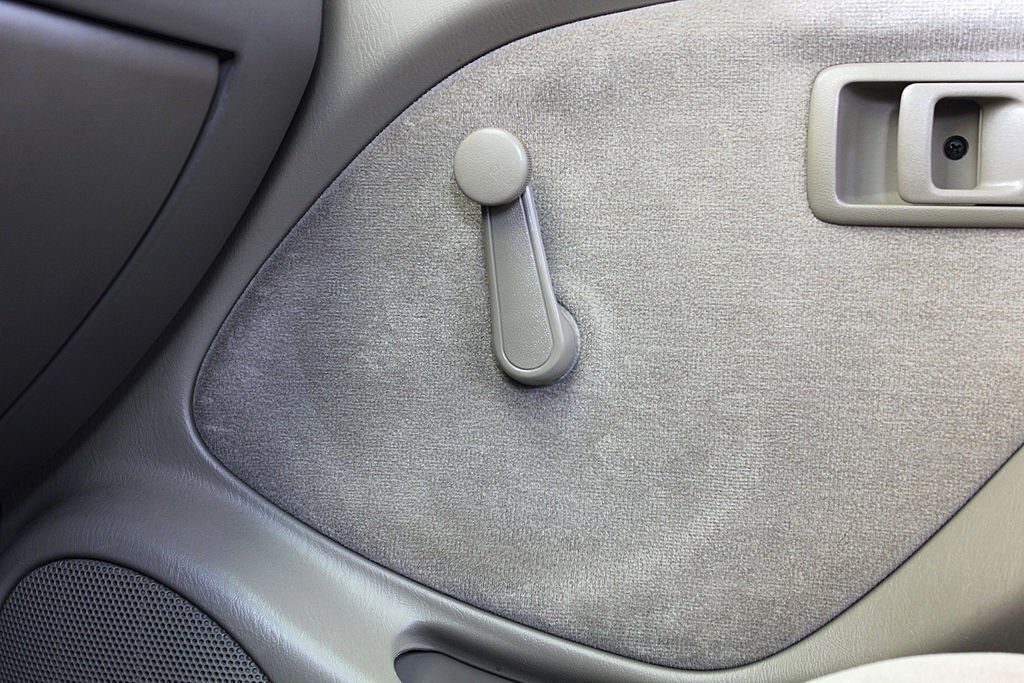
It’s worth noting that there are still a few vehicles post 2010; where you still have to crank the windows up via a small work-out session.
2. Manual gearbox
This is an obvious one as many car brands are dropping the manual transmission (or stick shift as our friends across the Atlantic like to call it) – by the day. Although, they can still be found in basic models or in some high-profile sports cars. Despite the love petrol heads have for manual transmission, they are fast becoming an endangered species. Automatic transmissions have taken over. Some manufacturers claim that their Gear systems such as CVT (Continuously Variable Transmission), DCT (Dual-Clutch Transmission), DSG (Direct-Shift Gearbox) and a host of others are fuel efficient (which is true) but their durability long-term remains questionable.
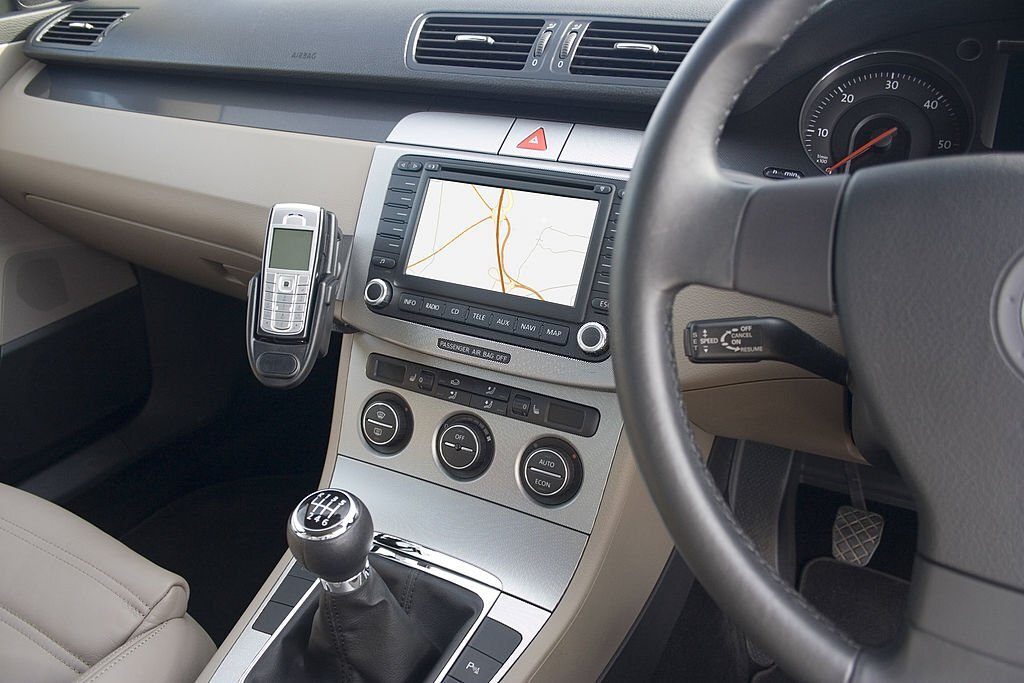
3. Cassette/CD player
Back in the mid-90s, during the early- and all through the noughties (2000s) – any car with a CD player was termed a luxury car. Now both cassette (completely obsolete) and CD players have long become “old school” these days. Lately, more and more cars are integrating USB, Bluetooth audio, Android Auto and Apple Car Play into their in-dash infotainment system. USB connection, hard drive storage and smartphones can now be connected to cars instantly to play music and do other stuff. Some manufacturers are already next level in their thinking by building a wireless charging pad into the console so all you need do is place the phone on the pad and your phone charges whilst you drive in peace without having to fiddle with any charging cables. Easy!
Cassette Player and CD Player
4. Side mirrors
Although this feature will likely remain in the distant future; one can’t rule out its extinction. With some manufacturers already thinking of replacing this with side cameras to be viewed in the in-dash screens for better access to the road. They claim it will be fitted with AI abilities to detect movement.
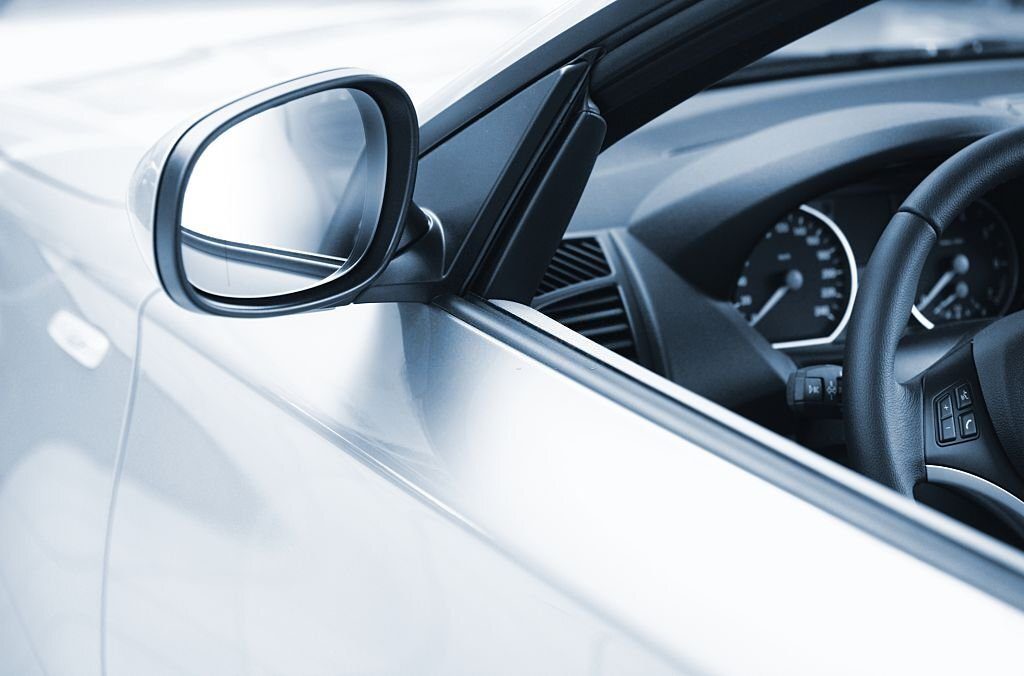
The 2019 Lexus ES was the first production car to come fitted with this feature albeit, newer ES models now come with conventional side mirrors. The digital mirrors however, remains optional.
Interior and exterior view of an ES model fitted with a camera
5. Conventional car keys
The demise of this feature is mostly due to the rise of tech. Gone are the days when people used to flick keys to indicate that they have a car. Now most modern cars use push-to-start buttons to turn on their engines. In some cases, the cars are opened via the remote sensor on the key fob. The fob also acts as an information hub to show the status of the car.
Some manufacturers also use cards and allow the ability to use fingerprint, facial, and other forms of recognition in order to conveniently gain access to the car. Others are operated via apps on smartphones that are linked to the cars alongside the key fobs – which may or may not have a traditional key embedded within. This feature is not yet widespread but it will, eventually. BMW are even thinking along the lines of getting rid of the key fobs entirely and just focusing on owners making use of an app on mobile phones to connect to their cars in future.
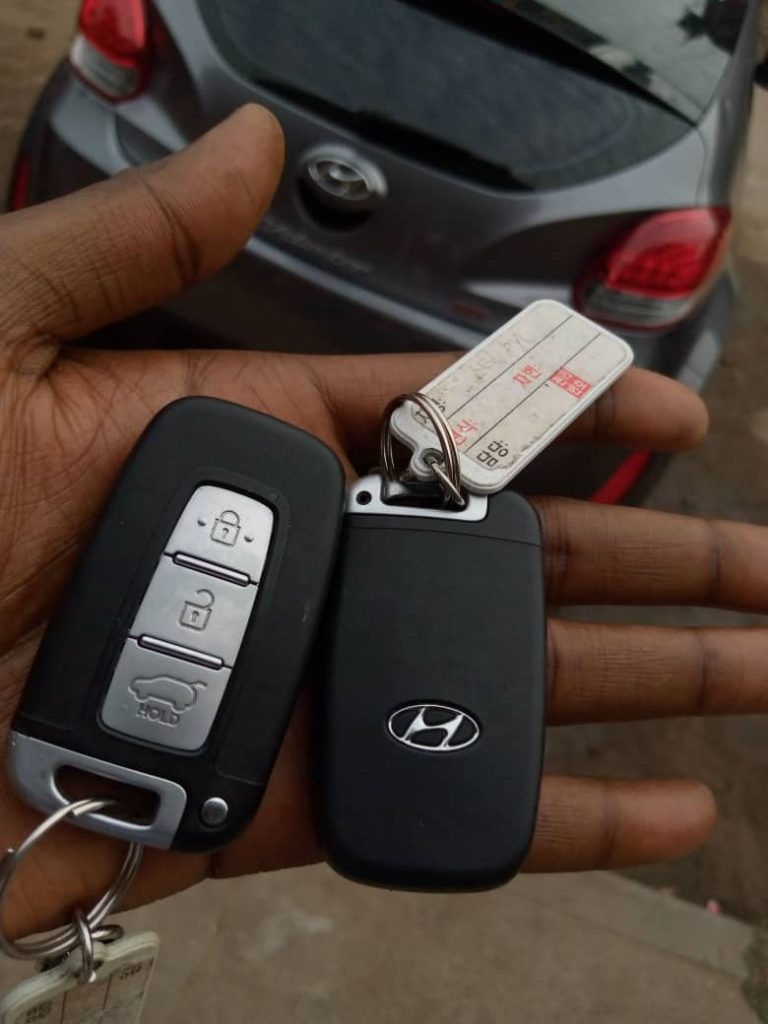
6. Hand brake
The reason for the gradual disappearance of this feature can be directly traced to the decline in the production of manual transmission in modern cars. The manual gearbox and the hand brake work together to bring the car to a grinding halt or to prevent it from rolling when parked on an incline. With automatic transmission leading the way these days, the hand brake is now somewhat redundant as an automatic transmission has this feature integrated within.
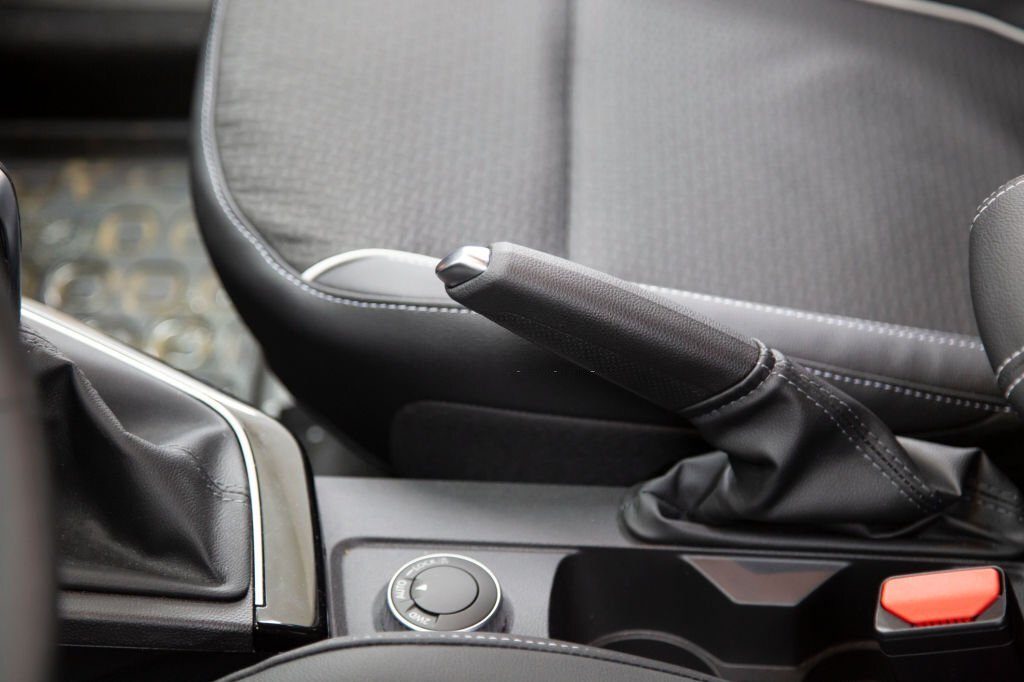
7. Physical/Analogue gauges
This feature is gradually going away but not yet gone. Automobile manufacturers are making the transition to digital gauges, which offer more versatility and customisability over traditional gauges.
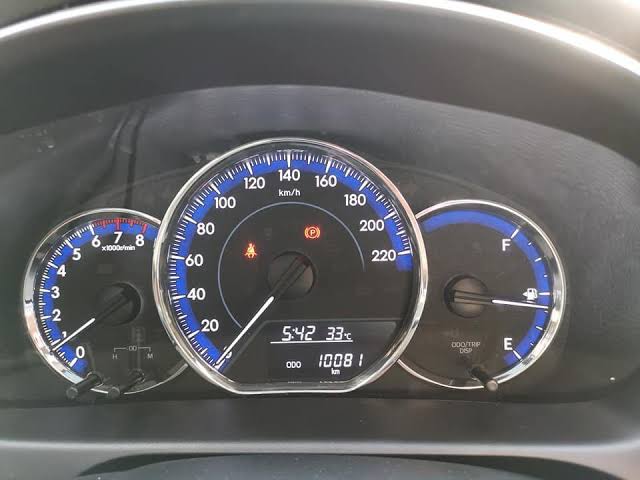
Some manufacturers have taken this a step further and have gone as far as including a large dynamic map screen with dual mode (both gauge and navigation system), making navigation a breeze or a nightmare; depending on whichever camp you’re representing.

8. Dashboard buttons
The advent of touchscreens and voice commands in some cases, have taken away the need for physical buttons and knobs in cars; especially for media, climate control and related functions.
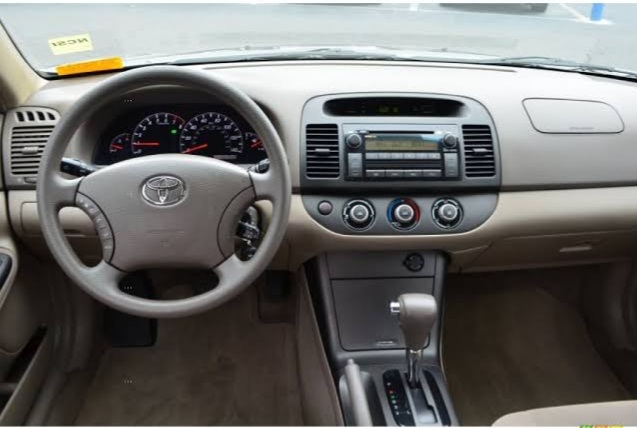
Luxury cars have already started to use these features; a few regular cars too, and in the near future it – will be a common occurrence. A good example of this is Tesla’s infotainment system that uses a fully touch-sensitive screen completely free of buttons and or knobs.
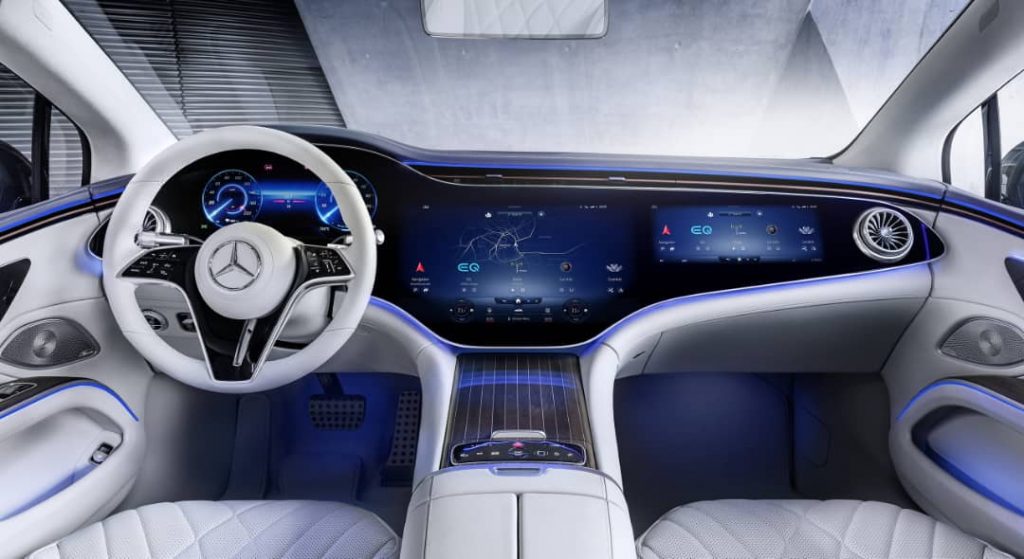
9. AM/FM radio
This one is debatable as technically; a greater number of people listen to the radio now due to population expansion, but young people rarely listen anymore because they prefer to get all the latest buzz from social media and with traditional media being less trendy and mostly bureaucratic – you wouldn’t want to bet on radio being as big as it was in its heyday.
With infotainment systems and real time information on board amidst other modern features that have been integrated into the dashboard recently, more and more people now have lots of freedom and options to choose from but more importantly; they want to be completely able to control whatever they consume (most young people are normally on – just pass me di aux abeg – levuulz).
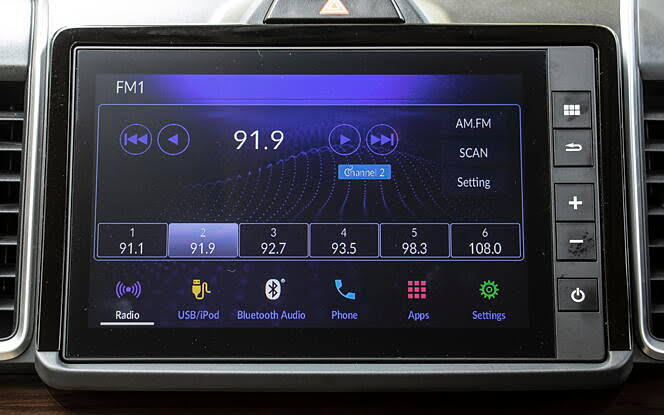
Personally, I’d like to think manufacturers will simply leave this feature and not bother about usage just like our mobile phones that come with a million and one features that we barely ever use or care for even.
10. Steering wheel
This feature will remain with us for a very long time but that doesn’t mean it couldn’t become obsolete at some point in the distant future. The reason the steering wheel will phase out in the future is the advent of autonomous cars. These are cars that can drive themselves and take you from point A to B by just telling it your location, or inputting it into its onboard navigation system and with its advance programming, it will take you there while you do other things or simply just relax.
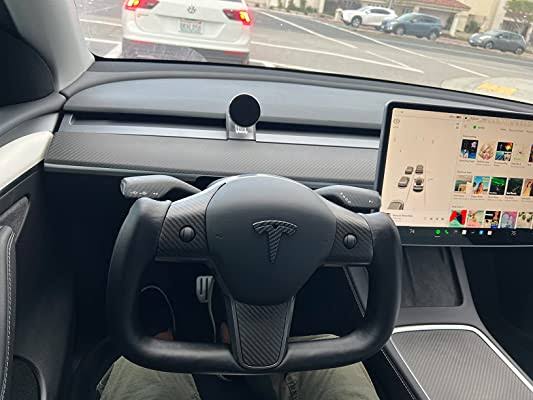
There’s a good chance in future that a steering wheel may be present for drivers to take over with in the case of an emergency or just for a plain old joy-ride! A manual override control/command of some sort will more than likely exist, which should prompt a retractable steering. Anyone who has seen the movie iRobot will understand this scenario perfectly.

11. Internal Combustion Engines
This is a deep one because of how emissions are spiking on a daily basis and this is one of the major threats to not just us, but basically all life-forms on our dear planet earth. This has made the auto and all other manufacturers alike to go green.
Typical Internal Combustion Engine (ICE)
With electric cars popping up everywhere on various roads nowadays, it will most likely cause a decline in the production of petrol- and diesel-powered vehicles in the future. Many countries, especially in the EU are now enacting stiffer emission laws and or calling for an end to combustion engines altogether within set timeframes; this in turn may force car manufacturers to turn completely towards alternative means of supplying power which could either be electric, hydrogen, or solar power. Who knows, humankind might eventually discover a new source of unbridled energy in future.
What do you think of the list? Is there any feature you think that’s missing on it?



